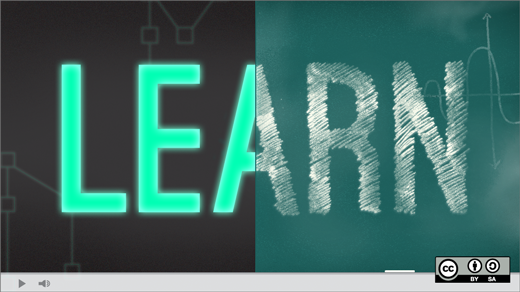OpenStack is a huge project with lots of moving parts, and it can be hard to keep up with everything that's going on in the project and how it affects you. The good news is that in addition to the official documentation, there are a number of great resources for continuing your education, from third party training and certification to meetups to many community-contributed tutorials.
To help you find some of the best in community-created content, every month on Opensource.com,we put together a list of the best tutorials, how-tos, guides, and tips to help you keep up with what is going in OpenStack. Here are some of our favorites from last month.
- If you've ever wondered how the OpenStack infrastructure project handles submitted patches through the continuous integration process, or wanted to create your own tests for OpenStack code, you need to know a little bit about how Jenkins and Zuul work together to run tests. Andreas Jaeger shows a little bit of what goes on behind the scenes with a simple example of how to create new test jobs in the OpenStack CI, and a follow-up, templates in OpenStack's Zuul.
- Glance is OpenStack's system for storing system images. But Glance itself needs to store its data somewhere; one option is using Swift, OpenStack's own object storage project. Here's how to set up RDO to use Swift as a Glance backend.
- If you haven't yet checked out the 5 Minute Stacks series, they're really worth looking through for ideas of how to quickly and easily provision OpenStack instances with your desired application installed using automated tools. With a little modification, they should work on mosts hosts, or at least give you an idea of how to set up your own script. One recent entry focused on installing Apache Cassandra, an open source distributed NoSQL database system with a simple OpenStack Heat template.
- How hard is it to write a driver for Cinder, OpenStack's block storage service? Gorka Eguileor proves it can be quite easy in his quick walkthrough, "Write a Cinder backup driver in an evening."
- Next up, here's a preview of a new feature coming to Neutron in the upcoming Mitaka release, address scopes. Neutron address scopes help make the process of building virtual networks easier by removing the need for the individual operator to know and understand their complete network topography in order to execute basic commands. Learn how they work and how you can use them in your cloud.
- TripleO-quickstart is a tool that creates a virtual environment and then uses TripleO to deploy a highly available OpenStack cloud on top of it. Lars Kellogg-Stedman walks you through how it works and what you'll need in order to try it out yourself.
That's all there is this time; don't foget to check out our complete collection of OpenStack tutorials for more great resources. Do you have a great suggestion we should include in our next roundup? Let us know in the comments and we'll check it out.






Comments are closed.